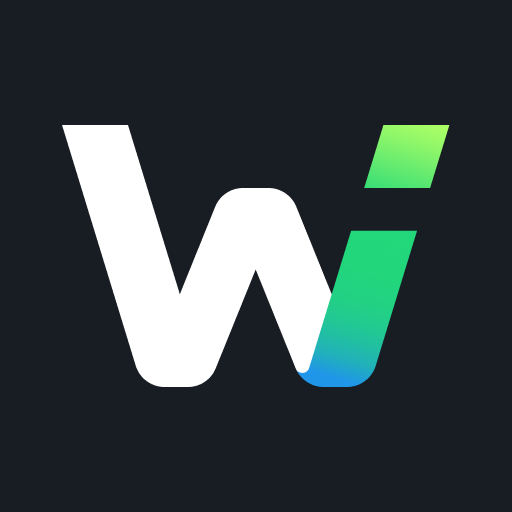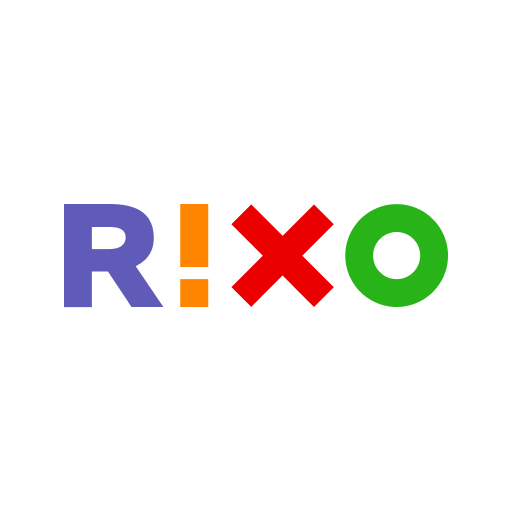The New Features On The Multicloud Side
Description of The New Features On The Multicloud Side
2021 should see the issue of locking in cloud service providers on the table. The question of the interoperability of public clouds, and therefore of multicloud, will be raised But not as though.
Last year, one of the topics of discussion was obviously multicloud. With a few exceptions (eg disaster recovery, or regulation), I remain quite cynical about the viability of operating a single logical DB instance across multiple clouds. I think for most organizations a "multicloud" platform will mean running the database or cloud control plane of your choice in the public or private cloud of your choice. And I'm not alone in talking about the operational complexity of running a single instance of a database or an application on multiple clouds. Matt Asay, Corey Quinn , and Gartner share these same concerns.
But I imagine that in 2021 we will still be talking about this subject. The current situation is no longer that of organizations taking their first steps in the public cloud. Variety - intentional or not - is the spice of life and often, the administrative headache of most organizations. The larger and more diverse the business, the more likely it is to have multiple clouds. And the choices when it comes to cloud freedom are not necessarily straightforward in business.
Multicloud Debate
Managed Services puts this dialogue at the forefront, and that's why I think it will be a hot topic in 2021. Putting your DevTest or your database on AWS EC2 is a tactical decision. If your organization chooses to use managed services like AWS Aurora Database, PostgreSQL, or SageMaker, it's a strategic decision. Because at this point, you are not choosing a cloud to perform random computation cycles, but you are choosing to rely on a platform. A few years later you pick up on the issue of Microsoft's decision against Oracle, but with a new, larger group of players, such as Snowflake, Confluent, and Databricks.In the coming years, your choice of cloud platforms will determine your choices for systems, tools, databases, and applications. Choose Google Cloud SQL or AI Platform, and you can only use them on GCP. But the notion of hybrid cloud changes all that. Keep this idea in mind.
It is widely accepted that any form of lock-in is bad. But for most organizations, at some level of the stack, it is inevitable. This is not a new problem and, unless your organization is reviewing all of its applications and databases and relying on itself for support, it will have to make a strategic technological choice somewhere. Your organization chooses a platform that will guide its decisions about tools, databases, and applications. The technology provider for this strategic layer becomes, in effect, a form of gateway: all other software choices must come either from the partner ecosystem or from vendors who support and/or integrate this platform.
In the days of mainframes, this decision was dictated by the system, but the emergence of distributed systems has shifted this choice, first to the operating system, then to applications and/or databases. As the year 2000 approached, the implementation of modern enterprise and database applications set the stage for the rivalry between Oracle and SAP: the vendor was pushing you to choose third-party solutions.
Cloud lockdown
As businesses accelerate their adoption of the cloud, the choice becomes, and it should be, more nebulous. Choosing from the cloud provider's range of managed services likely ties you to that platform, as they only run on that provider's cloud. Yes, we've italicized that term for a reason, and we'll get to that in a moment.With the exception of Azure and Oracle Cloud, most cloud service providers have concentrated their managed services at the Platform-as-a-Service (PaaS) layer, for databases, application development environments, integration, Internet of Things, analytics, etc. So, with PaaS, or in this case, with Database-as-a-Service (DBaaS), companies have a choice: select a MongoDB compatible database from AWS or Azure, or go to MongoDBAtlas.for a MongoDB database that should promise the same experience regardless of the cloud. Until now, this choice has been rather black and white: stick with the service of the cloud provider, which sticks you to that cloud, or go to a third party and do not hesitate to choose the cloud you need.
This is where we rewind the tape and bring you back to that term, "presumably", about locking out cloud vendors. In 2021, the dividing lines are expected to blur a bit as cloud service providers increase their multicloud message volume, while some third parties designate specific cloud service providers as partners privileged, which may involve marketing, support and, in some cases, joint product development.
And one could imagine a scenario where, for specific services they want to promote, some cloud service providers could lower barriers, for example by selectively removing exit fees. For example, one could imagine that Google Cloud would get creative in promoting its artificial intelligence services to customers who use applications on AWS or Azure.
Barriers break down
To get started, let's take a look at hybrid cloud computing platforms, an area in which we studied the market landscape last year. Google Cloud and Microsoft Azure have announced that their hybrid software-defined platforms can operate in foreign territory, with Google Cloud Anthos now officially supported to operate in AWS.Kubernetes (K8s) is supposed to be the great orchestrator that makes all of this happens. Keep in mind that the K8s service managed by each cloud provider will be implemented in a slightly different way; for example, GCP Anthos and IBM Red Hat OpenShift implement the administrative functions for the mesh of the Istio service in their K8s offerings in a slightly different way. Still, with a few tweaks, all of these microservices should be portable. But comparing K8s platforms is only for the cloud control panel. What about the Managed PaaS service portfolios, which have much greater value? For now, the choices are quite limited. On Azure Arc, Microsoft currently only offers a few Azure data services (Azure SQL Managed Instance and PostgreSQLHyperscale), while Google has just launched BigQuery Omni (the BigQuery extension that works at Anthos in foreign soil).
The story is similar to AWS Outposts, although it is a bit different. No, this is not a K8s platform, but a turnkey system operating in the customer's data center, not in a foreign cloud environment. For now, Outposts works with a selection of AWS services, including containers (Amazon ECS or EKS), RDS for MySQL or PostgreSQL database, and EMR for analysis.
It will take a long time, and it might never happen that a critical mass of all these analytics, artificial intelligence, database, integration tools, IoT and more services makes it to hybrid cloud and, possibly, to the software offerings of the various cloud providers. But in the long run, we expect the 80/20 rule to apply to the most popular data, analytics, and machine learning services likely to travel to software-defined hybrid clouds that venture out in the rival territory.
Third parties
On the other end of the spectrum, will you necessarily get the same experience across every cloud? What is emerging in open source databases, and we would expect the same with artificial intelligence and analytics tools, is that an increasing number of third parties are choosing certain cloud providers as premium partners. . Here are a few examples:• Microsoft Azure has been particularly proactive with its Embrace partnership with SAP for its S / 4HANA NextGen ERP cloud service; SAS with its NextGenViya cloud service; Redis, as a full-stack alternative to the Azure Cached-only offering; and Azure Databricks, a third-party service with native integration with Azure Machine Learning and other services.
• Google Cloud also stood out for its extensive list of open source database partnerships which, for now, involve joint sales and support, but which may also, in the future, involve closer integrations with other GCP services.
• AWS opened the door with its new Managed Grafana service, based on product development and go-to-market partnership.
In each of these cases, the third-party services are or will be offered in other clouds. But as part of these partnerships, some cloud service providers will rise to the top of the list. In 2021, we believe the dividing line for locking in cloud service providers will start to blur. Yes, for 95% of all managed services in the cloud provider's portfolio, your choice will continue to determine which public cloud (and in some cases where availability is limited, which region of the cloud) you are in. And for most third-party tools, applications, and databases, those planning to support all major cloud service providers will commit to providing common experiences. But in limited cases, cloud service providers enter enemy territory and third parties will have privileged relationships with specific cloud service providers. And that's what we hope to see more and more of this year. The issue of cloud locking will gradually take on shades of gray.
Recent APPS
designkug.com © 2021 • About Us • DMCA Policy • Privacy Policy • Terms & Condition • Contact Us • Submit Apps














